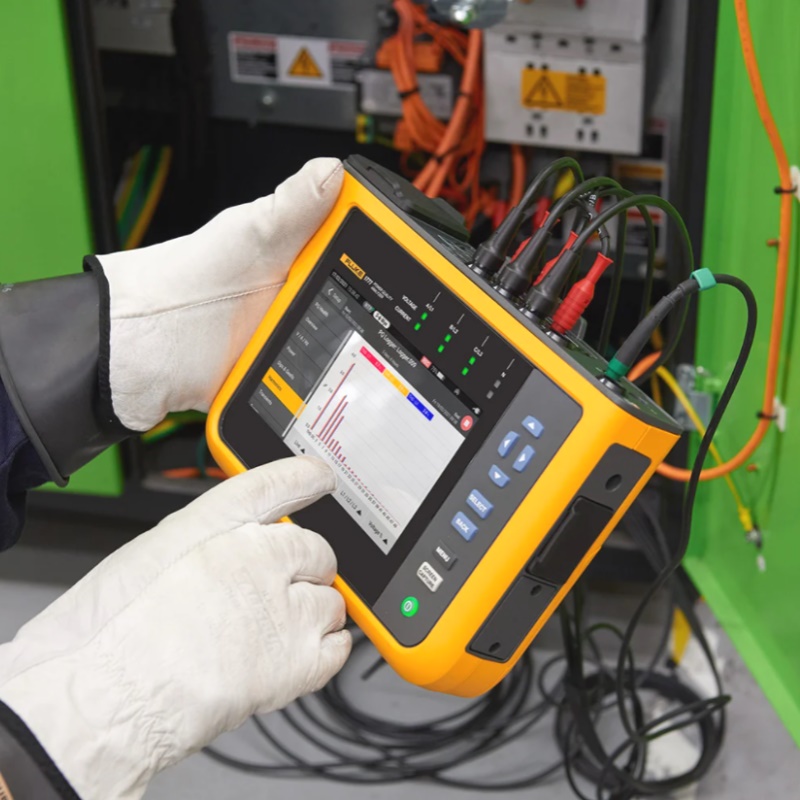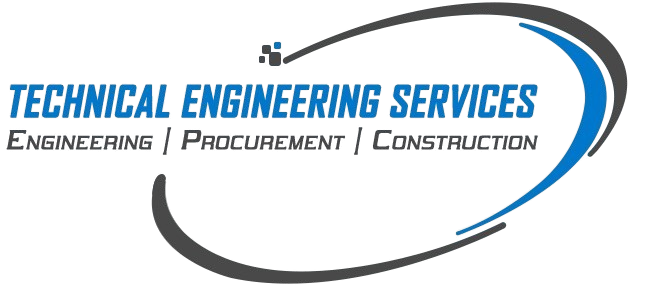
Our power monitoring services utilize advanced power and harmonics analyzers to provide comprehensive insights into HT/LT systems. By measuring voltage, frequency, current, power factor, harmonics total harmonic distortion of current and voltage, active, reactive and apparent power, phase angle, maximum demand, and consumption, we help identify inefficiencies and ensure compliance with regulatory standards. Our detailed reports enable you to optimize energy consumption, enhance system reliability, and reduce operational costs, empowering you to make informed decisions for your electrical infrastructure
Power Quality Analysis
Harmonics Monitoring
Total Harmonic Distortion (THD) Measurement
Voltage and Current Disturbance Detection
Power Factor and Load Analysis
Real-Time Monitoring and Data Logging
Harmonic Mitigation and Solutions
